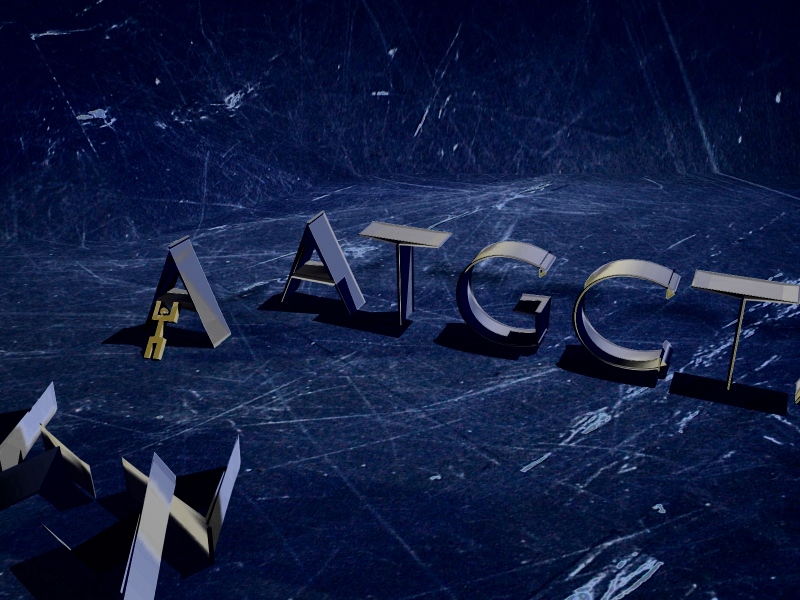Researchers Discover Hundreds of Unexpected Mutations from New Gene Editing Technology
By Jessica Wapner,
Newsweek
| 05. 31. 2017
For the past few years, a new scientific tool known as CRISPR-Cas9 has been hailed as the future of medicine. The technology, which has been the center of both extreme fascination and a bitter patent disputebetween two research groups, enables scientists to edit genomes. That is, they can remove harmful genes that cause diseases and replace them with normal genes that don’t—at least in theory. While exciting to many, the idea has also elicited fears that the technology could create dangerous mutations and be used in unbridled ways, for example in attempts to create superhumans and designer babies.
According to a new report, such fears may be well founded. The study, published in Nature Methods , found that using CRISPR-Cas9 to edit a genome can result in hundreds of unintended mutations being introduced. For the report, researchers sequenced the genomes of mice that had already undergone CRISPR-Cas9 procedures. They then scrutinized the edited genomes for any changes in the mouse genes—and they found plenty. The technology had accomplished the original intended task of correcting a gene that causes...
Related Articles
By Isaac Schultz, Gizmodo | 10.18.2024
Colossal Biosciences, a company mainly known for intending to genetically engineer proxies for several iconic extinct species, announced this week that it has made major steps towards the de-extinction of the thylacine, or Tasmanian tiger.
The thylacine was a carnivorous...
By Russ Burlingame, Comicbook | 07.23.2024
Colossal Laboratories and Biosciences, a biotech company that's putting together plans to orchestrate the de-extinction for animals like the dodo and the wooly mammoth, made some waves on Reddit recently when they petitioned the United Federation of Planets -- the...
By Shelly Fan, Singularity Hub | 05.31.2024
We all know the drill for reproduction—sperm meets egg.
For the past decade, scientists have been pushing the boundaries of where the two halves come from. Thanks to induced pluripotent stem cell technology, it’s now possible to scrape skin cells...
By Alison Snyder, Axios | 06.06.2024
Gene editing's next chapter will be focused on tackling cancers and more common diseases, uncovering new details about aging and other fundamental aspects of biology and editing RNA, top scientists in the field said this week.
The big picture: ...




